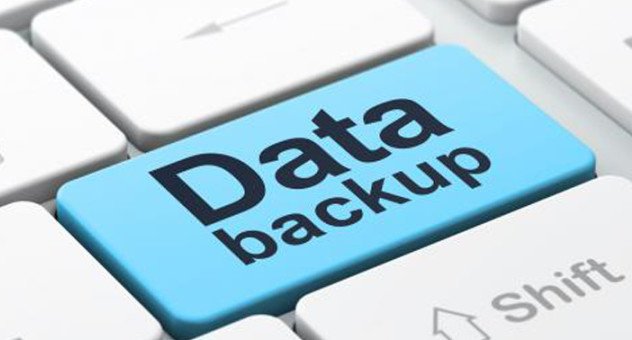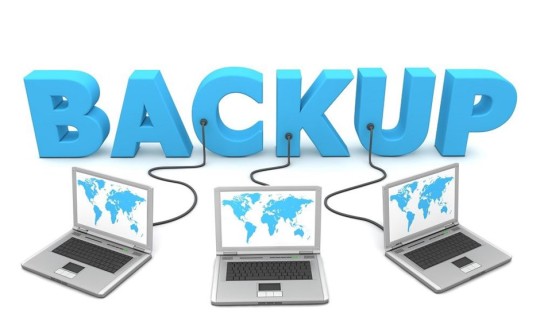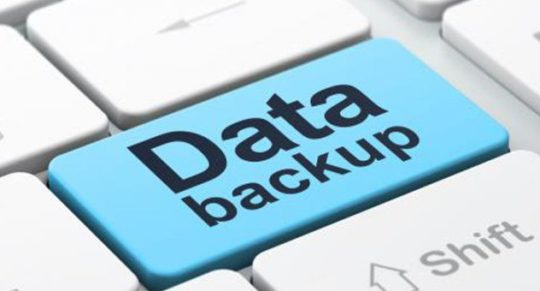
Backing up data is crucial for any organization, but it’s even more important that a good backup is performed or it may not be worth backing up at all.
Wasting time and resources on the wrong type of data or failing to backup data effectively can spell disaster for your restore options, so it’s essential you maximize the efficiency of your backup process. Understanding how you can improve and enhance your backup process, though, is a major struggle that many organizations face.
Therefore, we’ve put together a few pointers on how you can begin to reorganize your backup process and ensure that the data you need is available when you need it.
Keep Three Copies of Your Backup
The more sure-fire way to protect the availability of your data is by making multiple copies. The minimum you need is three, but what’s most important are the locations these backups are stored in. Naturally, you will want one copy based on site, but to minimize a loss of data you will also want two copies that are based off site. By storing these in, for example, a cloud based server or a remote data center, your organization can rest assured that a successful restore is almost guaranteed in almost all data loss scenarios.
Monitor Your Backups
As data gets bigger and bigger, the complexities behind backups increase accordingly. And this is why monitoring and analyzing your backups is more important than ever. To better understand how your system is coping then you will need to implement systems which can automatically survey servers and monitor how effective your backup process is and list any failures. Performing this kind of analysis manually is incredibly labor intensive and involves a lot of spreadsheets, so investing in specialized, automated software is vital to safeguard future backups.
Cloud Backup is Crucial
Cloud servers provide a highly elastic option for all your backup and restore needs, so there’s no excuse for not integrating them into your backup process. Not only can cloud servers help to counter the rapid increase in data size, but, as a remote system, they deliver fantastic protection from ransomware and other data disasters. Data can be transferred/accessed from cloud servers exceptionally quickly compared to traditional wide-area networks, so a cloud server can get your organization back on track quicker than ever before.
Protect Everything
While Windows is the primary target of most data attacks, it’s impossible to say that other services – such as the virtual application host Citrix – will not become the focus of attacks in the near future. Protecting all your servers and applications, therefore, allows you to keep your defenses fully manned and minimizes the amount of data loss that could occur. It’s important, however, that you don’t complicate your backup process with numerous pieces of software to help backup individual components. Instead, look for an all-in-one solution that can automate all the various backups and keep all your data safe.
For more ways to secure and optimize your business technology, contact your local IT professionals.
Read More



